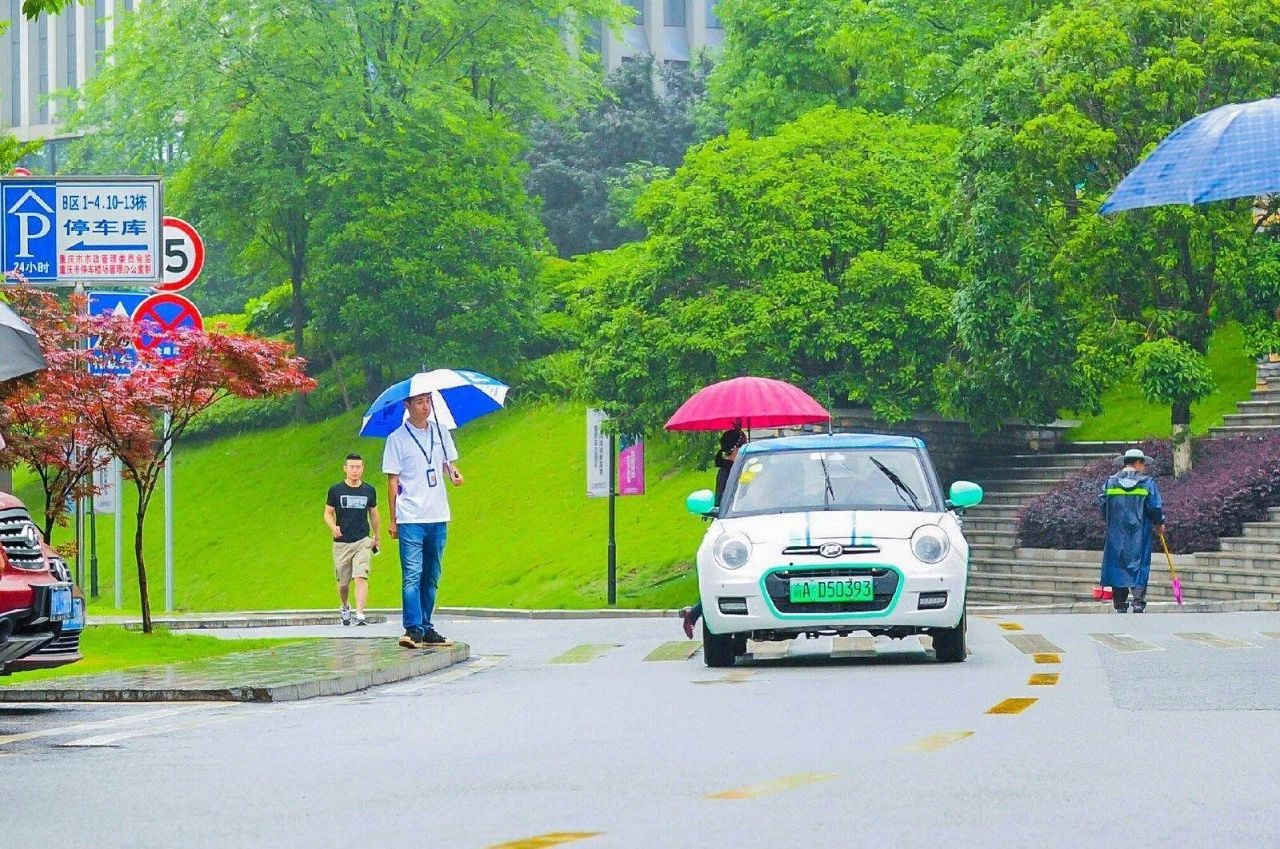The Commercialization of Baidu’s Autonomous Driving Car Takes the First Step
Today, Baidu Apollo and Chongqing Lifan Group’s car-sharing platform Pand-Auto, in collaboration with Chongqing Liangjiang New Area, launched a one-month trial operation of autonomous driving shared cars in the Liangjiang New Area Internet Industry Park. The highlights are:
-
The trial operation of autonomous driving cars is the first time it has been open to the public.
-
You can call an autonomous driving shared car within the park through the Pand-Auto app.
-
At the sensor level, there are six cameras (two in the front, one each on the left and right, one in the back, and driver fatigue detection), and 12 ultrasonic radars are scattered around the vehicle.
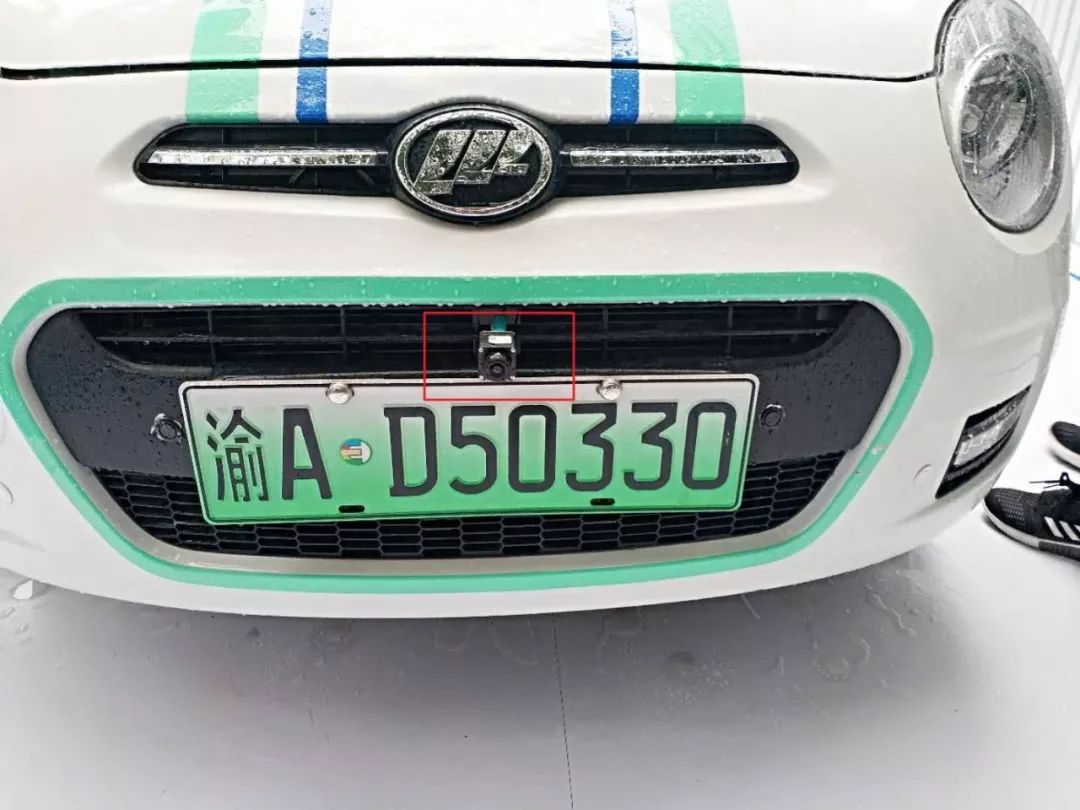
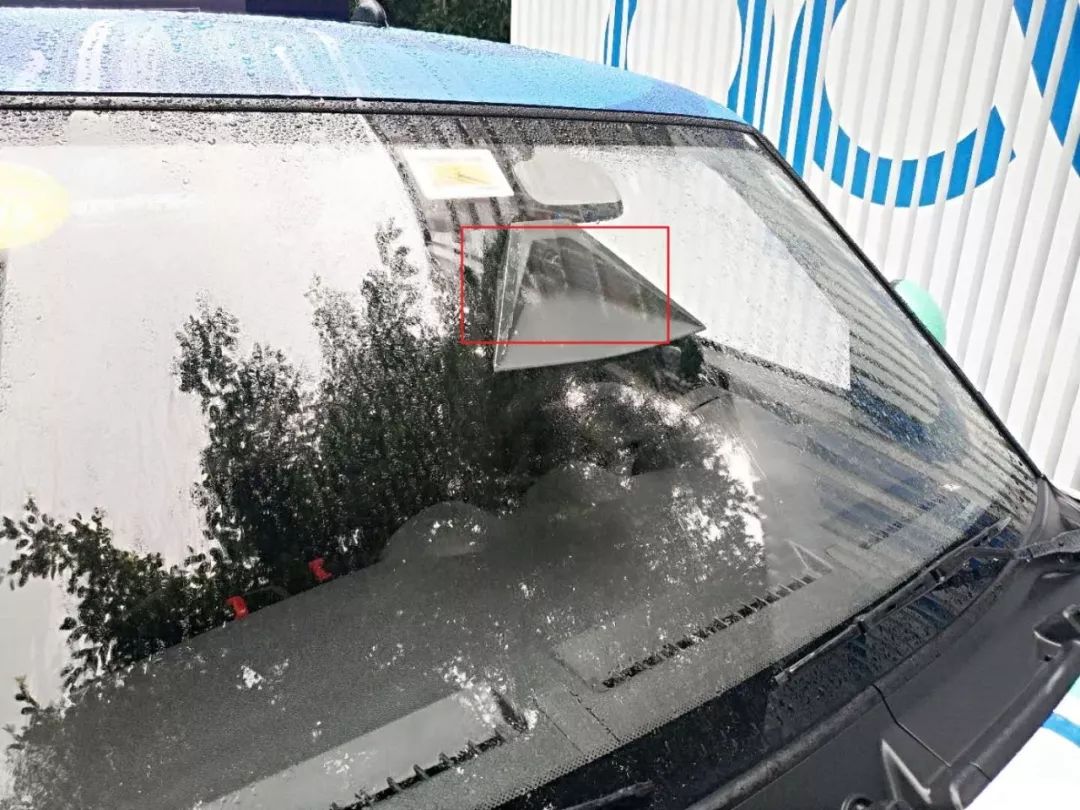
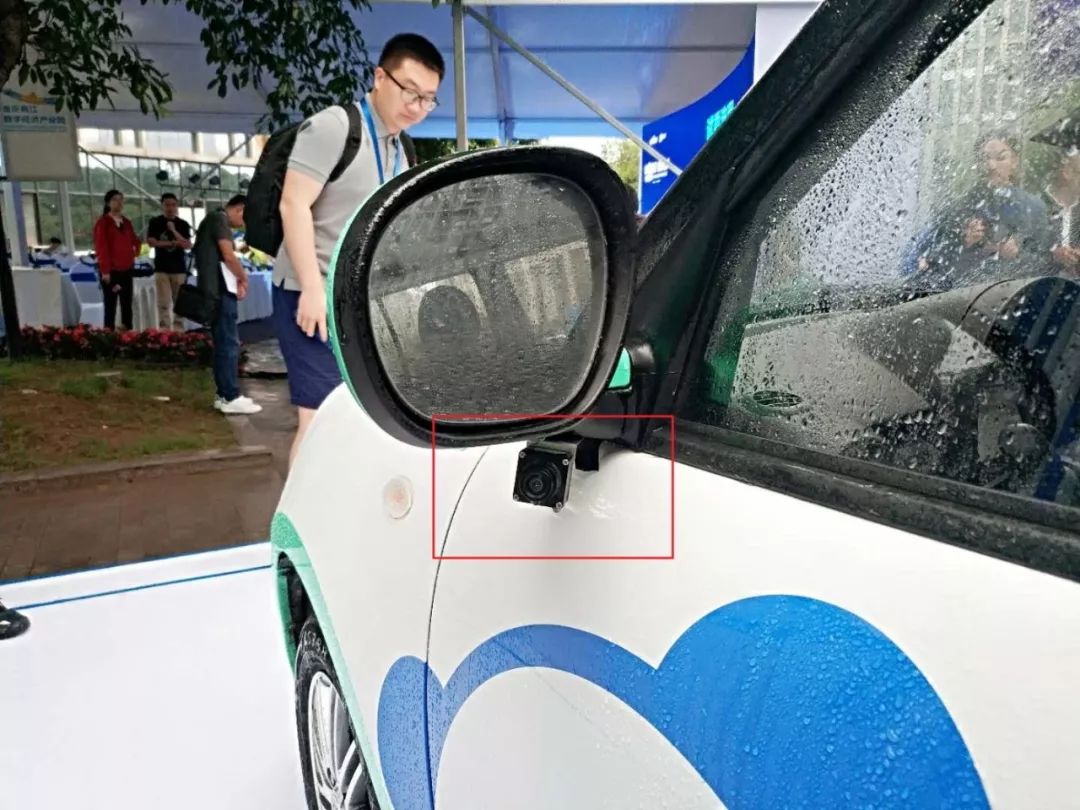
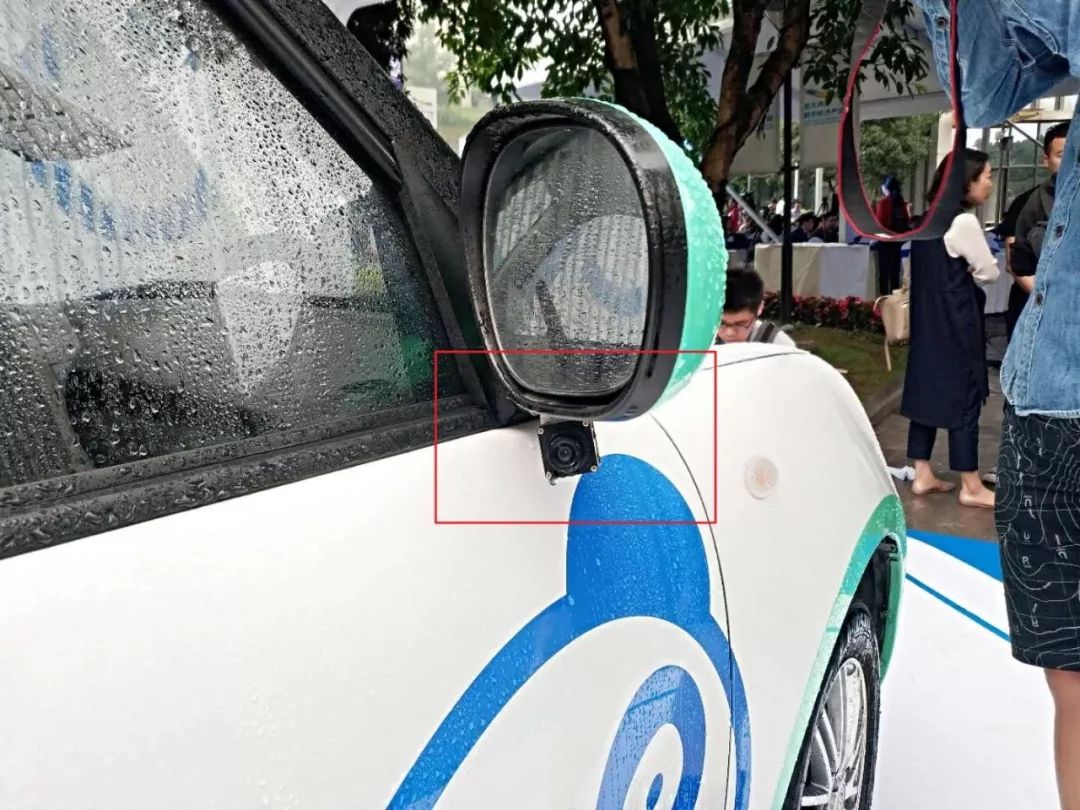
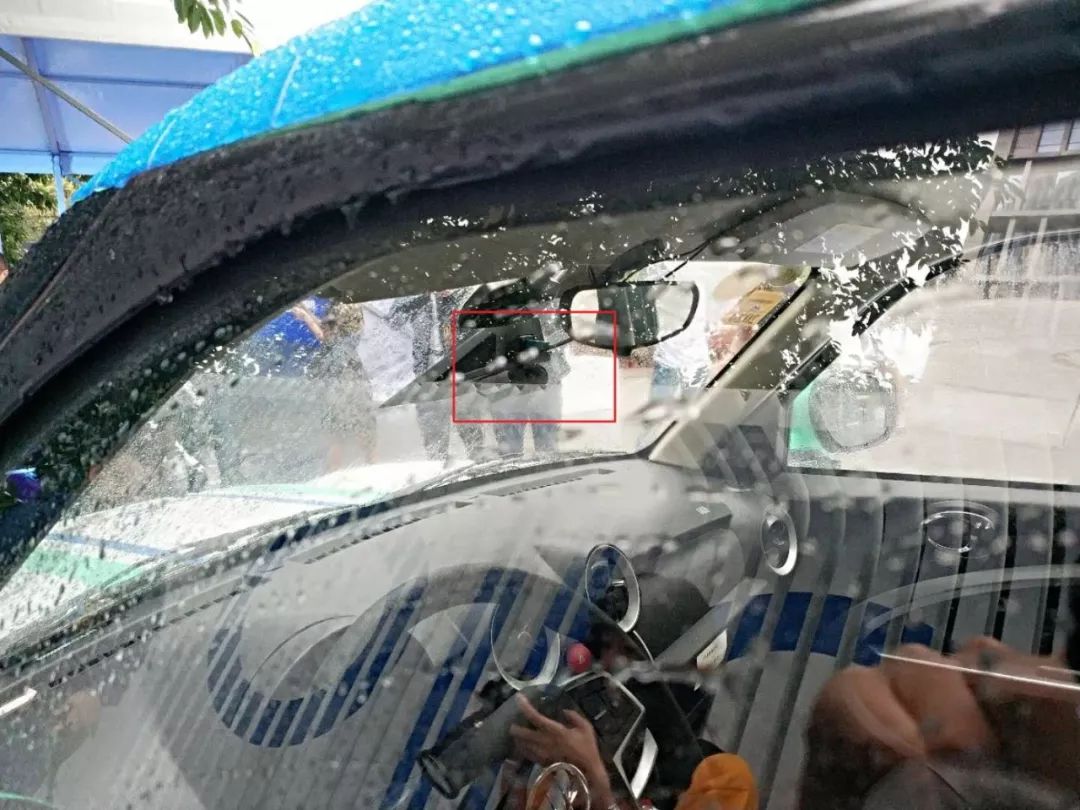
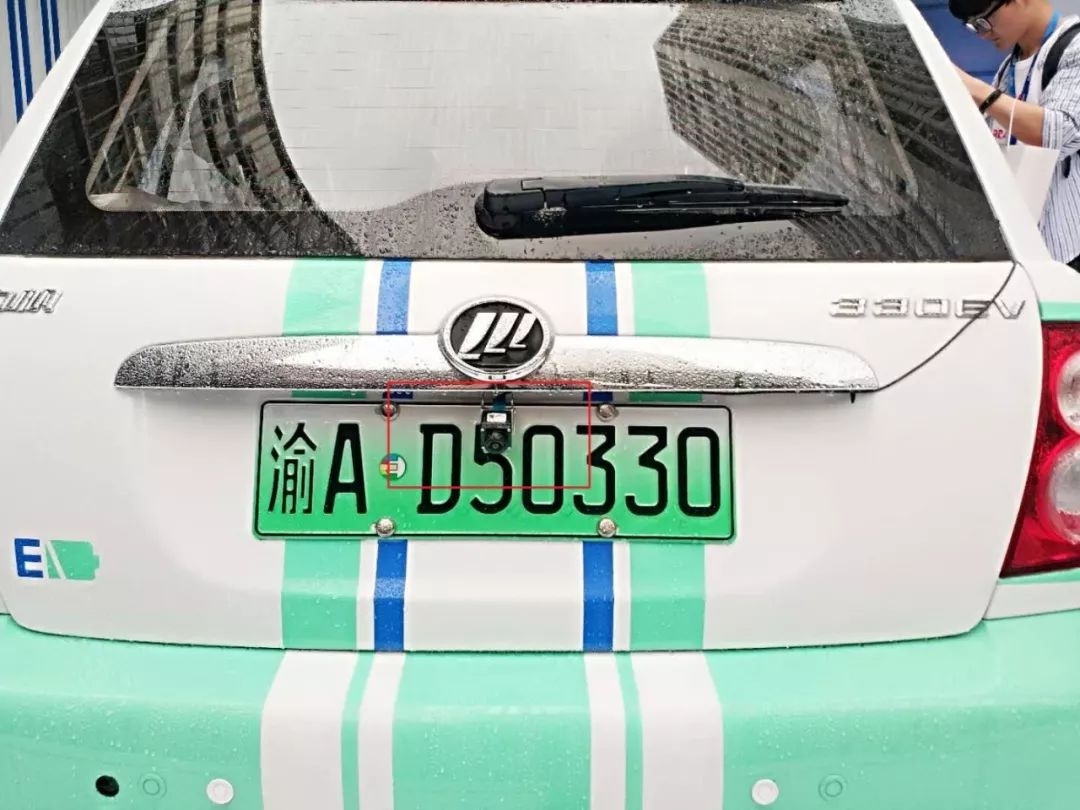
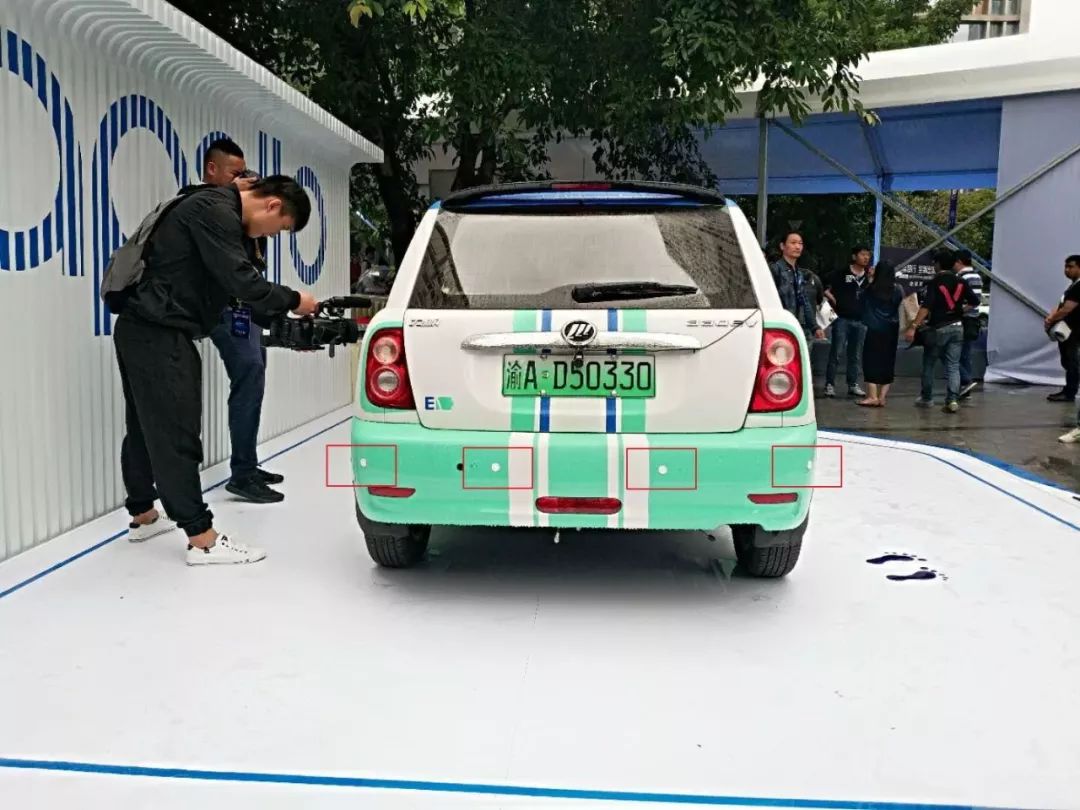 The entire landing process is supported by Baidu Apollo and Tier-1 supplier ZF, who provide software algorithms and computing platforms; Pand Auto provides operational fleets and commercial operation scenarios; Chongqing Liangjiang New Area Government provides policy support and encouragement, thus forming a closed loop for commercialization of autonomous driving vehicles.
The entire landing process is supported by Baidu Apollo and Tier-1 supplier ZF, who provide software algorithms and computing platforms; Pand Auto provides operational fleets and commercial operation scenarios; Chongqing Liangjiang New Area Government provides policy support and encouragement, thus forming a closed loop for commercialization of autonomous driving vehicles.
Baidu Apollo’s cooperation with Pand Auto dates back to November 13, 2017, when Lifan Auto and Pand Auto announced that they would become Apollo platform partners. I checked and found that the policy support provider for this cooperation, the Chongqing Liangjiang New Area Government, is also listed as a partner on the official website of Apollo.
Continuing with Apollo and Pand Auto, the autonomous driving vehicle displayed at the cooperation announcement last year was based on a modified Lifan 820 electric vehicle, and although it was also an Apollo platform solution, the vehicle was equipped with products from the laser radar giant Velodyne on the roof and front. Given the cost of the laser radar, the feasibility of large-scale mass production and operation of that solution is low.
During the 2021 CES in the United States on January 5th, a new version of the self-driving car based on Apollo 2.0 was presented by Pand Auto, Baidu, and ZF. The solution for this car is now very close to the version that will be launched for trial operation today. To note are the two front cameras, one for collecting road information and the other for recognizing traffic signals and signs.
According to Pand Auto CEO Gao Yu, this trial operation is “the first commercial application of autonomous driving in China.” In addition to Pand Auto, Gofun and ZHIXINGZHE are also exploring the possibility of cooperating to ground self-driving cars on the Gofun platform. Where is the driving force for the promotion of self-driving cars on the car-sharing platform?
Baidu’s Valet Parking solution is a mass-produced solution that not only includes basic features such as traffic light recognition and pedestrian and obstacle avoidance, but also supports remote calling, autonomous parking, and automatic charging for shared cars.Here is the translated Markdown text in English with HTML tags included:
The announcement says, “Valet Parking achieves the transformation of car sharing from ‘people finding the car’ to ‘car finding the people'”. What does this mean? Here is a simulation scenario.
Suppose you want to rent a car to go home after work in the afternoon, before which you can only open the PAND Auto App to view cars and then walk to find them. It’s the same after you get home. You must first find the designated parking space and park the car, and then walk back home.
But from today, with the blessing of the point-to-point calling & autonomous parking function, you can:
Open the PAND Auto App a few minutes before leaving work to summon the self-driving car, and then drive down directly (the App supports real-time display of the car’s location). When you get home, just click on the auto-parking function and the car will automatically drive into the nearest parking space.
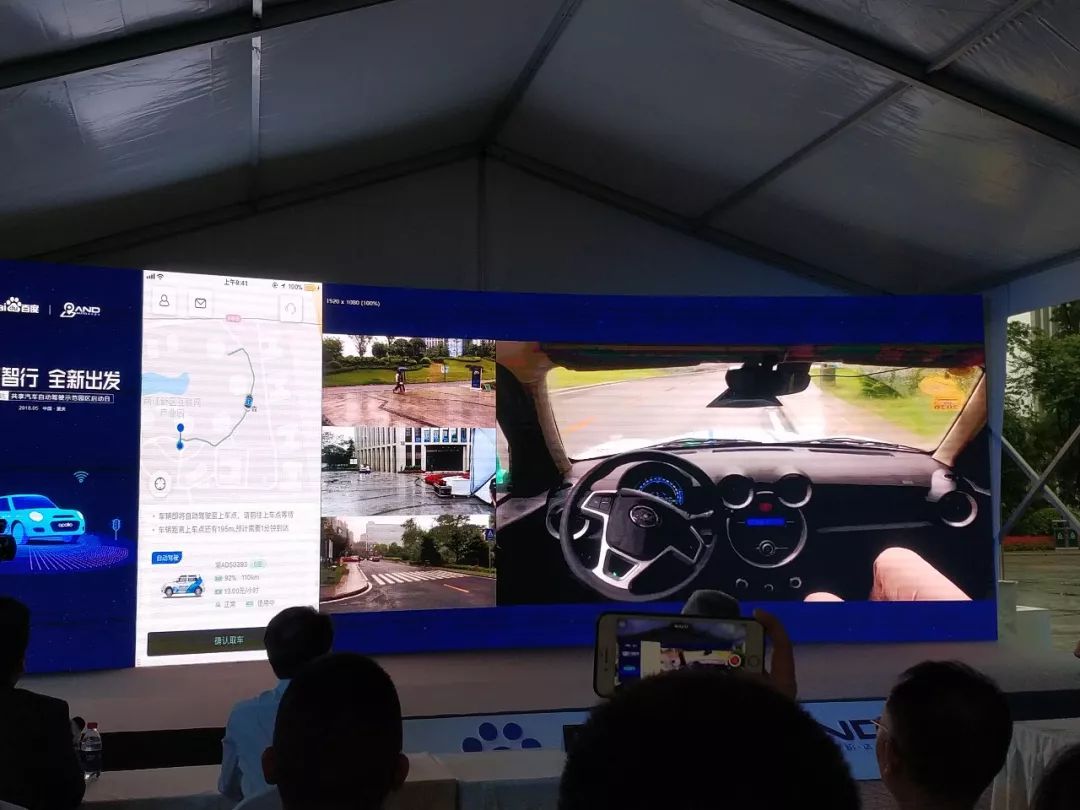
For PAND Auto, remote calling + autonomous parking + automatic charging can greatly improve user experience, enhance user stickiness and loyalty, increase unit time order volume, and most importantly, reduce offline operation and maintenance costs.
The biggest operational difficulty of the car-sharing industry currently is offline operation and maintenance. Gao Yu suggests that automatic pick-up and return of cars can be realized through autonomous driving. Previously, 10 workers were required for dispatching 10 cars. In the future, only the first car needs to be driven by a person, and the rest of the cars will automatically follow, which will significantly reduce labor costs.
Gu Weihao, General Manager of Baidu Intelligent Vehicle Business Unit, summed it up very well: reducing operating costs and improving operating efficiency.
Of course, you may ask, what happens after the one-month trial operation?
Baidu and PAND Auto stated that future models equipped with this solution will be mass-produced, and the main restrictions are currently in policy and legal regulations. In addition to several safety tests before the trial operation, Baidu and PAND Auto also reported to relevant departments and equipped all cars with safety personnel for real-time monitoring.
In my understanding, this solution is all for the sake of commercial closed loops.
Regarding cost, the mass production of Valet Parking is no longer a bottleneck: the comprehensive cost is around 10,000 RMB, which is achieved by using 6 cameras, 12 ultrasonic sensors, and Valeo computing platform. In terms of technology, through big data learning, this solution can recognize and be applied to over 98% types of parking lots in the market, and can be easily replicated to different parks to carry out operations. In terms of safety, based on the visual and ultrasonic fusion solution, combined with the fusion of rule-based and deep learning systems, it guarantees the safety of passengers and pedestrians (similar to the low-end version of Tesla Autopilot?). In terms of interactivity, the EMI system constructed by the vehicle and LED display lights can transmit the vehicle status in real-time, ensuring better communication between the vehicle, users, and pedestrians.
In 2018, many autonomous driving start-ups began to demonstrate their landing capabilities, such as floor sweeping robots and passenger/delivery services in designated areas…For investors, whether the technology can land; whether it can form a basic business closed-loop is the prerequisite for defining the future imagination of a start-up company. As China’s largest autonomous driving company, Baidu and Pandauto’s cooperation can show a business closed-loop case.
Of course, today is far from the end, Gao Yu said it was a “phase achievement”, and Gu Weihao said “From today, we will work with Pandauto’s research and development to support more functions and put larger-scale fleets into the forefront of technology advancement.”
By the end of this year, Baidu will deploy nearly 100 self-driving shared cars, and the coverage of application scenarios will be more extensive.
For Baidu, Pandauto’s fleet of running cars on the road reached as many as 15,000 last year, and the planned expansion to 50,000-80,000 fleets this year is an irresistible commercial platform. As the hardware cost of autonomous driving continues to decrease; the already deployed fleets continuously collect data and form positive feedback on technology; Baidu’s Apollo technology accuracy has progressively advanced through the open ecology.
Finally, let’s open the Apollo official website and see how many ways there are to combine Apollo+policy+Tier 1+commercialization…

 * Discover Drive.ai – Andrew Ng’s latest self-driving car project
* Discover Drive.ai – Andrew Ng’s latest self-driving car project
[](http://mp.weixin.qq.com/s?__biz=MjM5NTIyMjA2MQ==&mid=2656744410&idx=1&sn=0debe71f150d3e3c93d70b3c9c3ed329&chksm=bd55d4988a225d8ea3c678fe56a4b165d9e9fbe981d0ddbe34c2da4e85590d34f8deb380cbcb&scene=21#wechat_redirect)

This article is a translation by ChatGPT of a Chinese report from 42HOW. If you have any questions about it, please email bd@42how.com.
